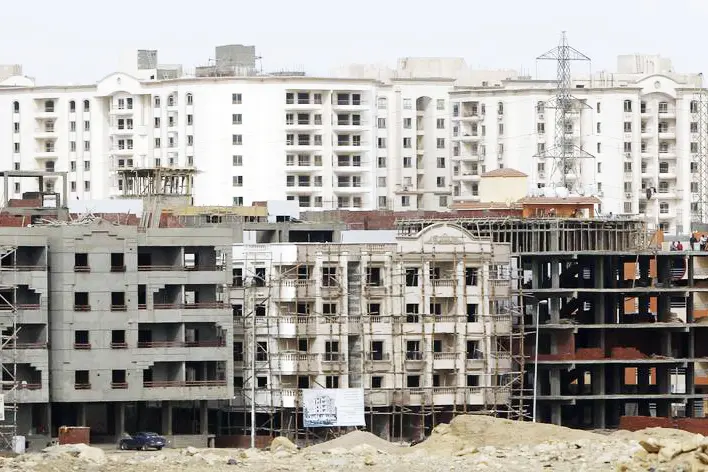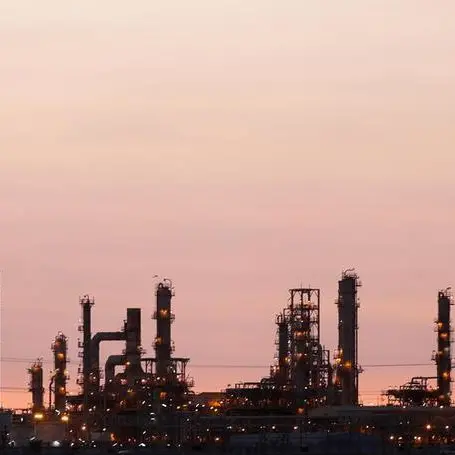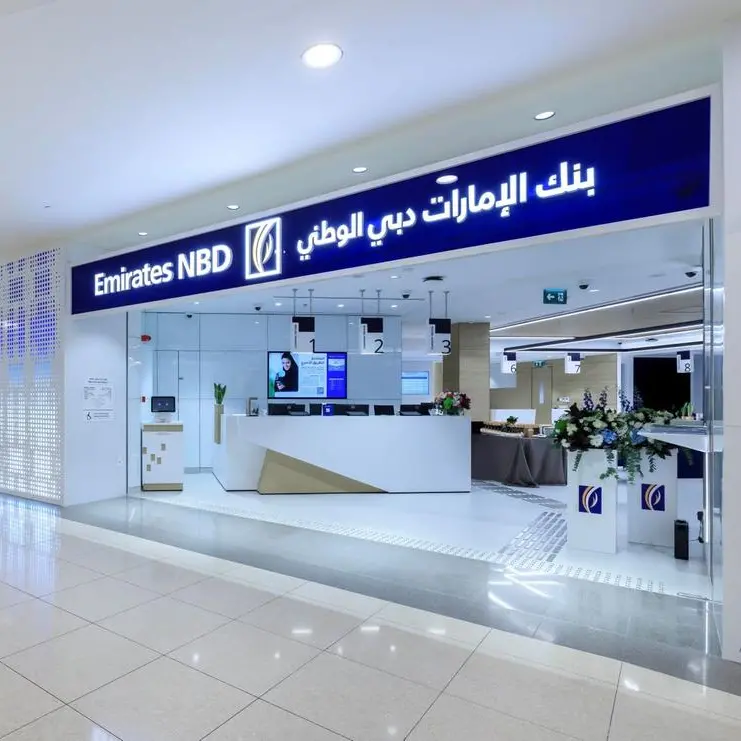PHOTO
By Mahmoud Mourad
CAIRO, June 13 (Reuters) - Bayada Mohamed has left her old slum on a crumbling cliffside and moved into a new flat in a Cairo residential complex, making her among the first to benefit from a government plan to rehouse residents of Egypt's most dangerous slums.
Like other residents of the Doueyka slum where homes have no running water and a rockslide killed about 130 people in 2008, Bayada's family has been offered a rental flat in the recently-opened Tahiya Misr development in the Moqattam area.
"Where was I and where am I now" exclaimed Bayada, sitting in her new flat surrounded by new furniture.
There are 351 slums deemed unsafe in Egypt, most of them in the sprawling capital where the poorest have built ramshackle homes that lack basic amenities such as mains sewage and water. Some 850,000 people are believed to live in dangerous slums.
Building collapses are common in Cairo, home to some 20 million people, and the shortage of afforable housing is so acute that 1.5 to 2 million are believed to live in tombs in an area known as the City of the Dead.
Egyptian President Abdel Fattah al-Sisi promised last month to move all those living in unsafe slums to new flats over the next three years in an ambitious project expected to cost about 14 billion Egyptian pounds ($1.58 billion).
The first two phases of Tahya Misr, which is dedicated to rehousing slumdwellers, were completed in 11 months and comprise 12,000 flats. The third phase opens in 2017, bringing the number of flats to 20,000. The completed complex will house 100,000.
Government efforts to eradicate the worst slums come as Sisi faces growing pressure to revive the economy and avoid the kind of protests that toppled two presidents in the last five years.
But rising prices are eroding living standards in a country where tens of millions rely on state-subsidised food and complicating efforts to rid Egypt of its slums.
MORE SLUMS
Not all slum residents have been as enthusiastic as Bayada about leaving behind their communities and seeing their old homes demolished.
"Most of the residents of these areas wish to be in areas close to where they are actually living now and this for us is a problem," Sisi said at the recent opening of a low-income housing project in the Madinat Badr area of Cairo.
While it evacuates dangerous areas, the government is upgrading other informal settlements, connecting them to basic services and paving roads.
But many residents are disappointed with the upgrades.
Magdi Mahmoud, a factory worker who lives with his family in the informal settlement of Abu Dahruj in southern Cairo, said the work should have stretched to schools and clinics.
"The improvements are not bad but the important thing is people look after them," he said.
And on Cairo's dusty and desolate fringes, the city's poorest are building more illegal homes on land they do not own.
As the Tahya Misr development nears completion, Ahmed, a vegetable seller, is working with neighbours to complete a new slum near Arab al Barawi, an older informal settlement in southern Cairo, after struggling to afford the rent there.
His new house is built with scavenged materials.
"Thank God, today he blessed us with a bit of wood that was left on the street ... to roof my house," Ahmed said.
($1 = 8.8799 Egyptian pounds) (Writing by Lin Noueihed; Editing by Andrew Heavens) ((lin.noueihed@thomsonreuters.com; +202 2 394 8039; Reuters Messaging: lin.noueihed.thomsonreuters.com@reuters.net))
CAIRO, June 13 (Reuters) - Bayada Mohamed has left her old slum on a crumbling cliffside and moved into a new flat in a Cairo residential complex, making her among the first to benefit from a government plan to rehouse residents of Egypt's most dangerous slums.
Like other residents of the Doueyka slum where homes have no running water and a rockslide killed about 130 people in 2008, Bayada's family has been offered a rental flat in the recently-opened Tahiya Misr development in the Moqattam area.
"Where was I and where am I now" exclaimed Bayada, sitting in her new flat surrounded by new furniture.
There are 351 slums deemed unsafe in Egypt, most of them in the sprawling capital where the poorest have built ramshackle homes that lack basic amenities such as mains sewage and water. Some 850,000 people are believed to live in dangerous slums.
Building collapses are common in Cairo, home to some 20 million people, and the shortage of afforable housing is so acute that 1.5 to 2 million are believed to live in tombs in an area known as the City of the Dead.
Egyptian President Abdel Fattah al-Sisi promised last month to move all those living in unsafe slums to new flats over the next three years in an ambitious project expected to cost about 14 billion Egyptian pounds ($1.58 billion).
The first two phases of Tahya Misr, which is dedicated to rehousing slumdwellers, were completed in 11 months and comprise 12,000 flats. The third phase opens in 2017, bringing the number of flats to 20,000. The completed complex will house 100,000.
Government efforts to eradicate the worst slums come as Sisi faces growing pressure to revive the economy and avoid the kind of protests that toppled two presidents in the last five years.
But rising prices are eroding living standards in a country where tens of millions rely on state-subsidised food and complicating efforts to rid Egypt of its slums.
MORE SLUMS
Not all slum residents have been as enthusiastic as Bayada about leaving behind their communities and seeing their old homes demolished.
"Most of the residents of these areas wish to be in areas close to where they are actually living now and this for us is a problem," Sisi said at the recent opening of a low-income housing project in the Madinat Badr area of Cairo.
While it evacuates dangerous areas, the government is upgrading other informal settlements, connecting them to basic services and paving roads.
But many residents are disappointed with the upgrades.
Magdi Mahmoud, a factory worker who lives with his family in the informal settlement of Abu Dahruj in southern Cairo, said the work should have stretched to schools and clinics.
"The improvements are not bad but the important thing is people look after them," he said.
And on Cairo's dusty and desolate fringes, the city's poorest are building more illegal homes on land they do not own.
As the Tahya Misr development nears completion, Ahmed, a vegetable seller, is working with neighbours to complete a new slum near Arab al Barawi, an older informal settlement in southern Cairo, after struggling to afford the rent there.
His new house is built with scavenged materials.
"Thank God, today he blessed us with a bit of wood that was left on the street ... to roof my house," Ahmed said.
($1 = 8.8799 Egyptian pounds) (Writing by Lin Noueihed; Editing by Andrew Heavens) ((lin.noueihed@thomsonreuters.com; +202 2 394 8039; Reuters Messaging: lin.noueihed.thomsonreuters.com@reuters.net))























